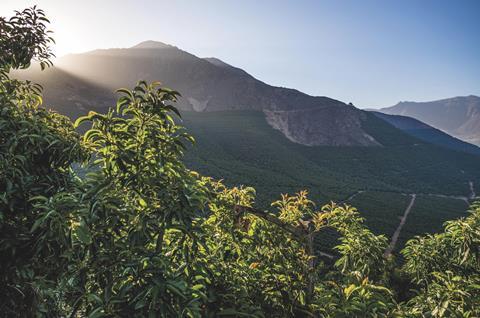Projections for 2025/26 indicate that the sector will maintain its production and export momentum

The 2025/26 Chilean avocado crop is expected to weigh in at 240,000 tonnes thanks to favourable weather, the incorporation of new technologies and improved agronomic management.
The figures, released by the Chilean Avocado Committee, peg the harvest at a similar level to last season, in which volumes reached their highest level in 15 years. Planted area remains stable at around 30,000ha.
“Maintaining harvest levels similar to last year, which was a very good season, is excellent news,” said Francisco Contardo-Sfeir, the committee’s executive president.
At 8.6kg, Chile has the second highest per capita avocado consumption in the world, meaning that a large proportion of the crop is sold on the domestic market. Last season, around 43 per cent of the total harvested volume was sold locally, and this balance between exports and local consumption is a key feature of the Chilean industry that helps provide stability for producers and marketers.
In terms of exports, Europe continues to be the main destination for Chilean avocados. It is followed by Latin America, where Argentina stood out last season by registering a 25 per cent increase in its imports. The committee said shipments to North America and Asia are expected to remain similar to last season.
Contardo-Sfeir noted that the stability in Chile’s planted area and ongoing improvements in technical knowledge have created a robust production base in the country, giving producers, exporters, and retailers better visibility and planning capacity.
“The challenge is to organise commercial windows, optimise size and condition at destination, and protect margins with logistical efficiency and risk management,” he said.
Contardo-Sfier highlighted the recent progress the industry has made in its sustainability roadmap, which was launched in 2020 and is aligned with the UN 2030 Agenda. “We have deepened responsible agricultural practices so that production continues to contribute to people, communities, and the environment,” he said.



